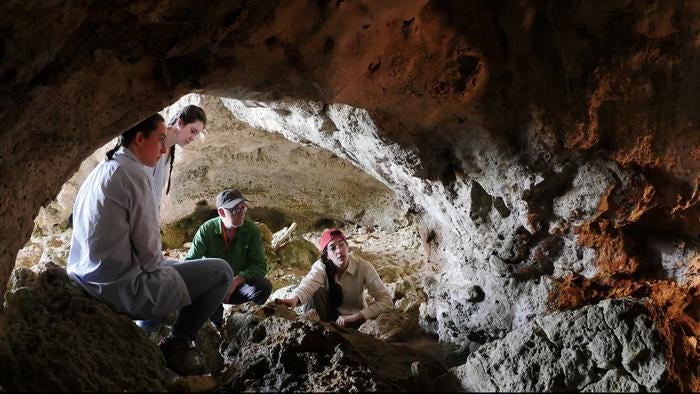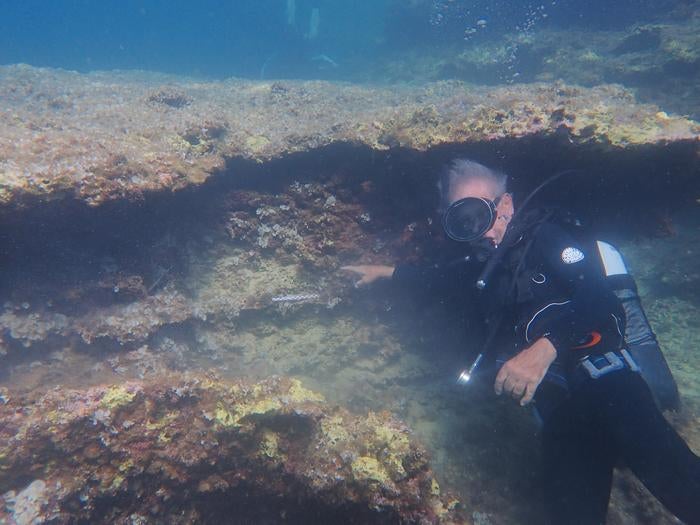The origins of human migration into ancient Sicily hold profound implications for understanding how early Homo sapiens colonized Mediterranean islands. New archaeological discoveries and methods have illuminated paths taken by early communities, reshaping theories about migration patterns and environmental adaptation during the Late Pleistocene.
Recent studies suggest that Sicily, located less than two miles from mainland Italy, was a critical stepping stone in the Mediterranean migration narrative. Scholars believe its connection to mainland Italy during the last glaciation facilitated human and animal movement.
A now-submerged land bridge likely provided the means for species like European wild ass, red deer, and aurochs to traverse the region. The replacement of endemic fauna, such as the dwarf elephant and cave hyena, hints at ecological shifts coinciding with human arrival.
Yet the exact timeline of human settlement on the island remains uncertain. Most scholars agree that occupation began around 16,000 years ago, shortly after the Last Glacial Maximum (LGM). This date contrasts sharply with earlier human expansions, such as the journey to Australia over 46,000 years ago. The discrepancy raises critical questions about whether humans arrived in Sicily via seafaring, a land bridge, or another route.

A groundbreaking study led by researchers at Washington University in St. Louis, and published in the journal, PLOS One, has shed light on these mysteries. By reassessing historical findings and conducting new surveys, the team uncovered three significant sites with archaeological sediments—two on land and one partially submerged.
Assistant professor Ilaria Patania, leading the research, emphasized the broader context of these discoveries: “What we are looking for is not just the first person who arrived, but the first community. Understanding the timing of the initial colonization of Sicily provides key data for the early expansion of Homo sapiens into the Mediterranean.”
Despite Sicily’s geographical proximity to mainland Italy, its southern coast had been largely overlooked due to assumptions about site erosion. The team’s novel approach revealed that even underwater sites, previously dismissed, hold invaluable data. “Finding underwater sites opens up a whole new terrain to study,” noted T.R. Kidder, a co-author of the study. “It allows us to reconsider routes of migration of these earliest modern human ancestors.”
The southern coast of Sicily, long neglected in archaeological investigations, is now the focus of the Early Occupation of Sicily (EOS) project. By integrating terrestrial and underwater surveys, researchers are reconstructing paleoshorelines and examining past environments.
Related Stories
This comprehensive approach has already led to the identification of over 40 sites of interest, including caves, rock shelters, and submerged features.
The researchers combined cutting-edge techniques like seismic tomography with archival research. Historical bulletins, photographs, and interviews with local divers provided critical leads. One retired tugboat captain, without formal scientific training, was instrumental in identifying submerged paleosols—sedimentary layers rich in archaeological potential.
This collaborative effort extends to partnerships with local cultural and natural heritage organizations. The Italian navy has also joined the initiative, training divers to recognize archaeological features while completing routine tasks like clearing wartime debris.
Among the newly identified sites, Corruggi and Campolato stand out for their potential to unravel early human activity in Sicily. Corruggi, located near the southern tip of the island, was once part of a land bridge connecting Sicily to Malta. Stone tools and animal remains, such as European wild ass teeth, suggest this site played a pivotal role in human dispersal southward.

Campolato, a cave, provides evidence of environmental upheaval during the last glaciation, including sea-level changes and seismic activity.
Patania and her team aim to reconstruct the environment early humans navigated, factoring in challenges like earthquakes, climate shifts, and volcanic events. These reconstructions will deepen our understanding of how early communities adapted to marginal environments.
“This research is about more than survival,” Patania explained. “It’s about how humans lived in harmony with nature, and how they responded when that harmony was disrupted.”
Sicily’s story is far from complete. As researchers move further from the coast in search of submerged sites, they continue to uncover pieces of a complex migration puzzle. These findings not only illuminate the past but also offer insights into human resilience in the face of environmental changes.
By expanding the scope of exploration, archaeologists are redefining what is known about the spread of early modern humans across Europe and into the Mediterranean.
This evolving narrative underscores the ingenuity and adaptability of ancient communities, providing a deeper connection to our shared human heritage.
Note: Materials provided above by The Brighter Side of News. Content may be edited for style and length.
Like these kind of feel good stories? Get The Brighter Side of News’ newsletter.
The post Clues to Sicily’s first inhabitants discovered in underwater caves appeared first on The Brighter Side of News.